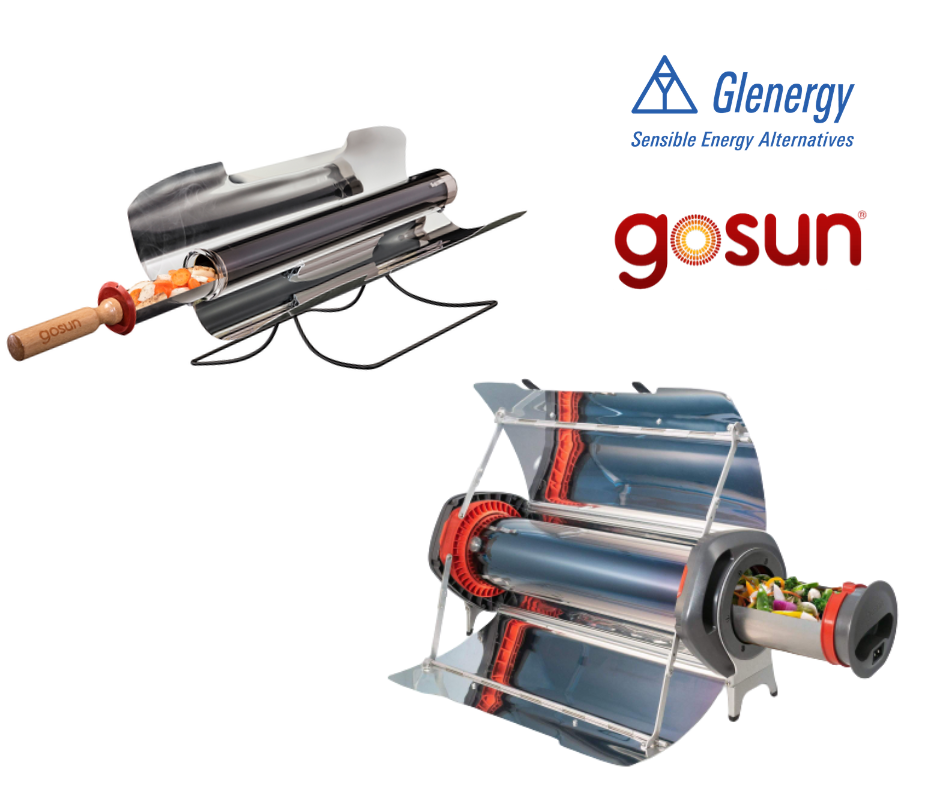
If you’re looking to keep your kitchen cool during the summer, or are considering an alternative to the conventional stove, solar cooking may be a great solution for you! This blog post will simply explain how these distinct solar cookers work.
Here are a few important aspects we suggest you consider before purchasing a solar cooker:
To start, solar cookers have come a long way from what they used to be. With significant advances in materials technology, they can now be used to bake, fry, steam and cook anything a conventional oven can cook WITHOUT the use of fuel.
Below is an info-graphic on the top solar cookers compared. To learn more about each individual cooker, check out a well done blog post by GoSun on Top Solar Cooker’s compared.

The GoSun Fusion and Sport are far from impractical and can cook meals within a reasonable length of time. Check out these cook times for various meal components with the capacity to feed five adults!

The GoSun Sport and Fusion solar vacuum tube cookers are unique in their reliability and low light performance. These cookers can reach temperatures above 550˚F/288˚C.


These solar cookers work by generating functional cooking temperatures with parabolic reflectors.

The reflectors concentrate the sun’s rays onto the vacuum tube from different angles.

The vacuum tube is the perfect heat insulator. The tube itself is made from borosilicate glass which is known for its chemical and thermal resistance. Inside the vacuum there are three layers of metal:
These metals do not come in contact with your food but they do work together to trap viable light and ultraviolet light which allows your food to cook in light overcast.
Thank-you to our friends at GoSun for the images used in the making of this blog post.